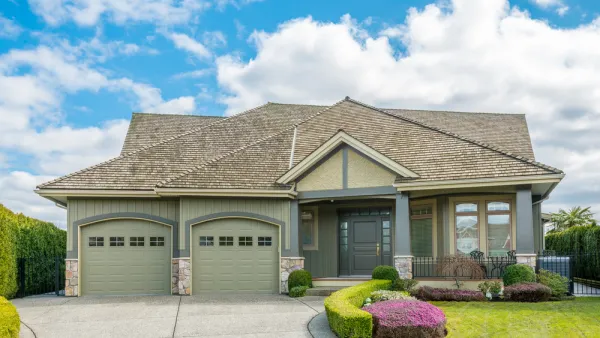A new study by the RAND corporation highlights the various benefits of expanding car-sharing nationwide. It turns out, however, that significantly reducing carbon emissions isn't one of them, writes Brad Plumer.
In analyzing the potential for growth of car-sharing in the United States, a new study (pdf) by the RAND Corporation estimates that as many as 7.5 million Americans (4.5 percent of all eligible drivers) could end up using the service in the future, up from 560,000 today. And while the RAND study authors - Keith Crane, Liisa Ecola, Scott Hassell, and Shanthi Nataraj - point out that such a shift could have significant benefits such as easing congestion, reducing the need for parking, and reducing transportation costs, they also report that the potential of such a shift to reduce energy use and carbon pollution is minimal.
"Here are the numbers: If 7.5 million Americans signed up for
car-sharing services, the RAND study estimates that greenhouse-gas
emissions from all U.S. vehicles would decline just 0.6 percent. If we
got outlandish and assumed a future in which 20.3 million Americans (or
about 12.5 percent of all eligible drivers) used car-sharing, then
emissions from light vehicles would still just drop 1.7 percent."
According to Plumer, the reason for the meager decline is due to the current driving patterns of those most be likely to use the service.
"For the most part, the people who sign up for
car-sharing services were barely driving anyway. On average, Americans
who use these sharing services see their car ownership numbers drop from
0.47 cars per household down to 0.24 cars per household. In other
words, they went from barely owning cars to barely owning cars. In
contrast, car ownership for the country as a whole is about 1.87
vehicles per household."
"Indeed, as StreetsblogDC's Tanya Snyder points out, public transportation - taking the bus or train - is a much more effective way for city dwellers to cut emissions."
Thanks to Daniel Lippman
FULL STORY: Just how big can car-sharing get?

Analysis: Cybertruck Fatality Rate Far Exceeds That of Ford Pinto
The Tesla Cybertruck was recalled seven times last year.

National Parks Layoffs Will Cause Communities to Lose Billions
Thousands of essential park workers were laid off this week, just before the busy spring break season.

Retro-silient?: America’s First “Eco-burb,” The Woodlands Turns 50
A master-planned community north of Houston offers lessons on green infrastructure and resilient design, but falls short of its founder’s lofty affordability and walkability goals.

Test News Post 1
This is a summary

Analysis: Cybertruck Fatality Rate Far Exceeds That of Ford Pinto
The Tesla Cybertruck was recalled seven times last year.

Test News Headline 46
Test for the image on the front page.
Urban Design for Planners 1: Software Tools
This six-course series explores essential urban design concepts using open source software and equips planners with the tools they need to participate fully in the urban design process.
Planning for Universal Design
Learn the tools for implementing Universal Design in planning regulations.
EMC Planning Group, Inc.
Planetizen
Planetizen
Mpact (formerly Rail~Volution)
Great Falls Development Authority, Inc.
HUDs Office of Policy Development and Research
NYU Wagner Graduate School of Public Service


























